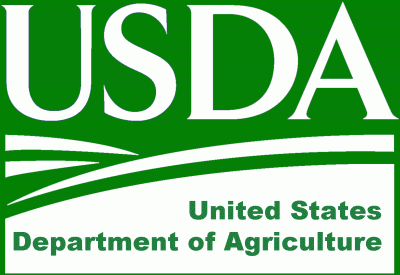Coffee rust is reported to have only impacted seven percent of planted area in 2013, according to FEDECAFE.
Other production threats remain, such as the El Niño phenomenon and coffee cherry borer. There was an influx of spider mites as a result of a volcano eruption in 2012 that decimated the population of lady bugs and other of beneficial insects.
Entomologists at CENICAFE worked with extension agents on recommending chemical controls for spider mites, eventually stimulating a rebound in the beneficial insect population.
Rising input costs for harvest laborers, fertilizer and chemical pesticides to address coffee rust and insect pests like the cherry borer, combined with previous low prices paid to growers, have effectively squeezed margins to the point of unprofitability. Labor represents about 40 percent of production costs. According to Post sources, labor costs, critical for harvesting, have risen 10-20 percent in 2013.
Utility expenses, such as water and electricity, important for processing coffee, have also increased. The rising costs of labor and utilities have forced producers to make sub-optimal decisions regarding purchasing and using other inputs, such as fertilizers and chemical pest controls, which are key to maintaining coffee quality export standards.
Consumption
Post estimates a marginal increase coffee consumption, up 100 thousand bags GBE in MY 2013/14, remaining static for MY 2014/15. Consumption remains small at 1.3 million bags GBE.
Local coffee consumption is driven by an increasing number of “Juan Valdez” coffee shops or cafes owned by a private consortium associated with FEDECAFE. The Juan Valdez cafes offer a variety of coffee and espresso drinks. Other companies with a presence in this market include Illy and OMA.
The mega-coffee retailer Starbucks will start operations in Colombia this year. Expectations are that Starbucks will stimulate competition and perhaps increase overall consumption.
Coffee shops in Colombia are primarily oriented towards satisfying the coffee beverage preferences of young professionals. Although processed and consumer-oriented high quality coffee sales have increased in recent years, the Colombian consumption of green coffee remains marginal.
Trade
In MY 2013/14, Post expects Colombian coffee exports will increase to 10.1 million bags GBE, up 14 percent from the previous year. Colombian coffee exports have been expanding significantly since 2013 and, as of February 2014, exports increased 34 percent y-o-y, according to FEDECAFE. Post forecasts Colombian coffee exports will increase further to 11 million bags GBE in MY 2014/15, paralleling the recovery in coffee production.
The United States is the major single destination for Colombian coffee, importing 42 percent of all Colombian coffee exports, with Japan, Belgium, and Canada importing 12, 7 and 6 percent, respectively.
As part of a quality differentiation and improvement policy, Colombia is increasingly exporting high quality coffee that meets the cupping and grading expectations for certifications to capture more value added.
Value added, specialty coffee now comprises 36 percent of Colombia’s total coffee exports. Colombian specialty coffee is booming with certified and organic coffees receiving significant price premiums, typically higher than traditional coffee exports.
Coffee denomination of origin labels from specific regions of Colombia, such as Huila and Nariño, are being pushed by the GOC as a strategy for more international recognition and further value added.
Colombian specialty coffee growers produce coffee under numerous international programs that provide fair trade and organic certifications such as USDA Organic, UTZ Certified, 4C, and Rainforest Alliance.
Protocols vary between growers to maintain the levels of quality that will meet certification standards and continue to be recognized by international buyers.
Colombian coffee growers understand value added and quickly incorporate new best practices in production and intermediate processing that will insure high cupping scores and secure premium prices in niche international markets.
In 2014, the monthly average price of Colombian Coffee reached US$ 211.07 cents per pound in March 2014, a 31 percent increase y-o-y. In addition, as of April 2014, the Colombian peso depreciated 5 percent against the dollar, which will help stimulate exports.
Stocks
The estimated inventory of coffee at the end of MY 2013/14 totaled 985 thousand bags GBE, or about 9 percent of the total harvest. There exists no GOC or FEDECAFE policy to support large scale carry-over stocks of coffee. In MY 2014/15 inventory is forecast to reduce to 750 thousand bags GBE due to higher prices.


















